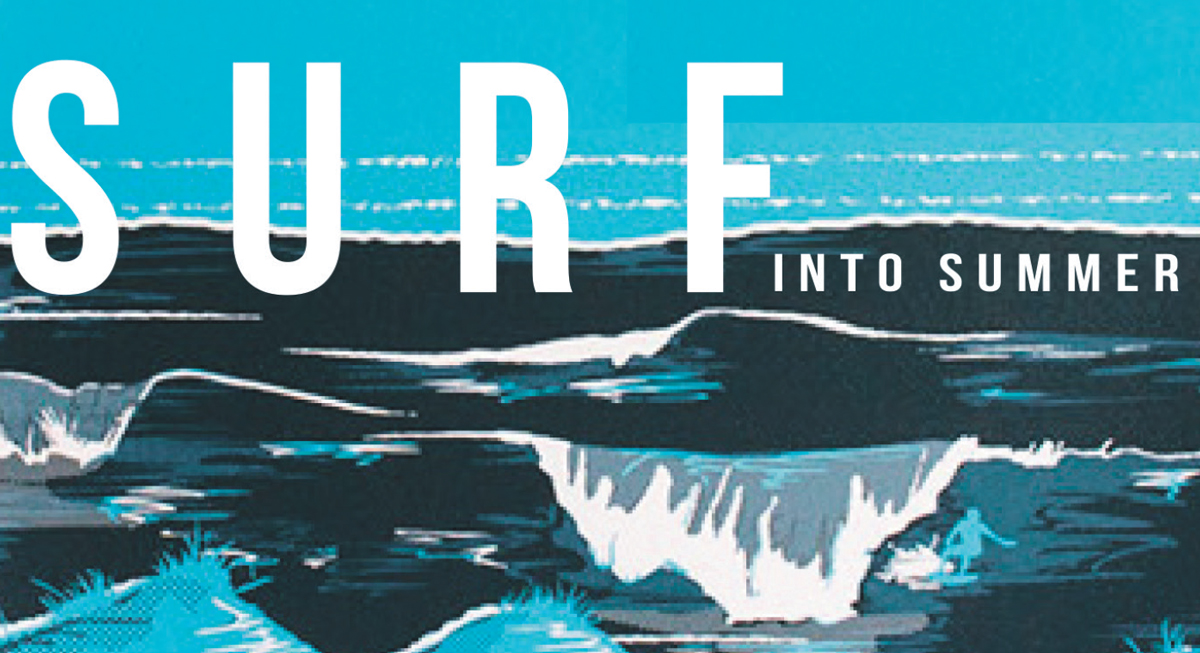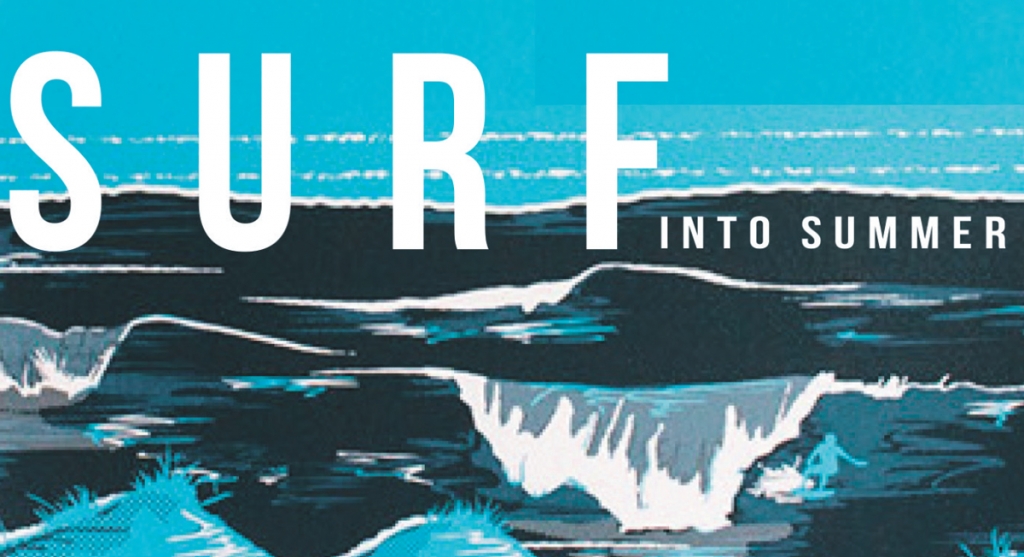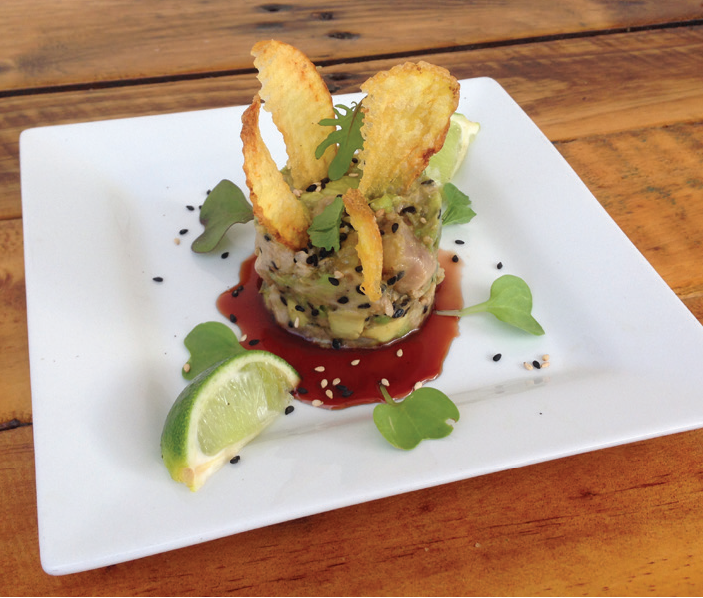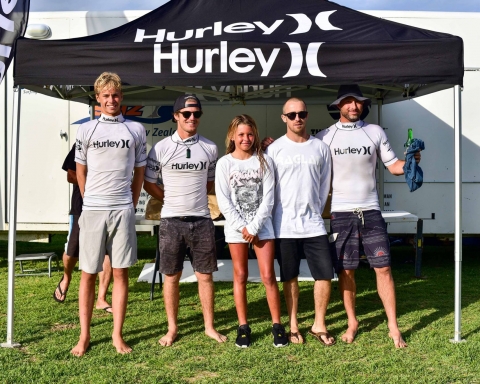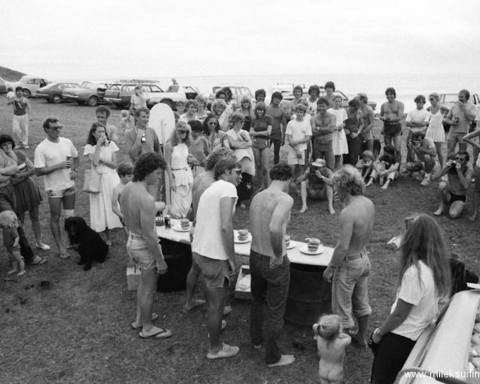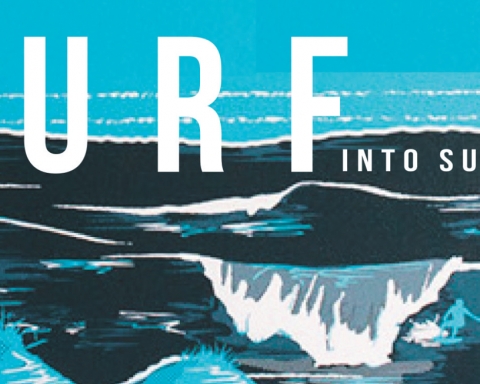There were many instances throughout our conversation where I witnessed both Malibu’s love and passion for surfing. But one brief memory in particular has stuck with me.
There was a period in the ‘60s and ‘70s where the whole of the west coast was closed out by 30-foot waves. From Piha to Raglan, the beaches were shut down. Malibu recalls going out to Manu Bay with a few mates, and from where the first car park is now, he remembers standing there looking out and up into the surf.
“It was peeling, nearly as far as the eye could see, breaking waves. The boulders were being lifted up and crunched back down… and that’s when the ledge was formed. …And the ledge today is still a force to be reckoned with.”
Recounting that story through a few typed up words does not do it justice. However, in that moment I felt the same sense of respect that Malibu still has gained for the water.
This respect has ignited his passion for the environment. He has become a sort of kaitiaki, a guardian, doing what he can alongside others to protect our surf breaks and the things connected to them.
The health of the water is vital to the environment. What happens on land, eventually affects what will happen in the water.
After a number of years surfing, they began to slip when they would run across the rocks to get out to the surf. That’s when they noticed the slime starting to appear. The algae growth had been caused by the towns waste water system. In the ‘70s, the town created the wastewater ponds, but after a few years of failure, the systems were reviewed by the council.
“Because of our experiences in the water, we went to the hearings as surfers. We were a part of taking the District Council to the Environment Court. And through the Environment Court, we were able to secure better environmental parameters and ended up with a system that treats the water so much better than what it was before.”
But the system still needs work. The parameters are still not right.
“The system is breaking down on a consistent basis, so we want to improve the system. We want to make it so there is a better outcome for Whaingaroa.”
Other contributors to the algae growth include the farm runoff, which Whaingaroa Harbour Care has done a great job of managing. And also storm water and the storm water drains.
“Whatever comes out of our storm drains here, comes out into the surf.”
Malibu has been advocating to get Enviro Pods placed in a few different storm drains throughout Raglan. The pods act as a catchment for sediment and debris, separating it from the water before it gets pulled out to sea. A few have been installed, but despite multiple trials, there are still vital storm drains that do not have them.
“Surfers were the ones who designed the Enviro Pods in Auckland. They have become major players in monitoring the storm water throughout the Waikato.”
“Waste water, whaanga coast and the storm water protection have all been driven by surfers. Surfers wanting better water for our community and for fellow surfers. Surfers are the ones contributing to these causes,” Malibu stated.
“Surfing has contributed to our community in a range of ways. Those are only a part of the immediate issues surfers have gotten themselves involved in.”
In 2001, Malibu set up Te Ngaru Roa aa Maui, an organisation based on Tangata Whenua values. Established to help address the issues connected to the adverse effects in coastal waters and on the coastal processes that affect surf breaks.
In July 2006, a national hui was called between surfers in regards to setting up a group to look after the coasts and to work with Māori and Hapu. In September 2006, the Surfbreak Protection Society was officially set up.
When the New Zealand Coastal Policy Statement was released in 2010, surfers up and down the country fought hard during the review of that document to get 17 surf breaks enshrined in the highest policy statement in the country. We are one of the few countries that has such a legislative right.
Manu Bay, Whale Bay and Indicators are protected under this policy.
Malibu was also apart of the beginnings of Lost Waves, an organisation dedicated to the future well being and unification of the global surfing tribe. Aiming to protect surf breaks from the adverse effects of inappropriate development, including discharges to the ocean environments.
Surfers have worked alongside one another for years to protect our waves, but this responsibility has to be shared. As coastal residents, whether we are surfers or not, we all have a responsibility to protect the water that surrounds us and the environment that surrounds the water.
Karamea Puriri
